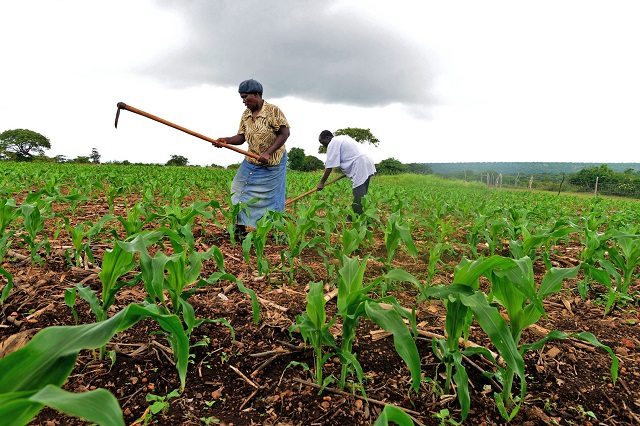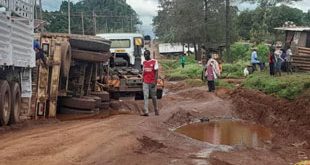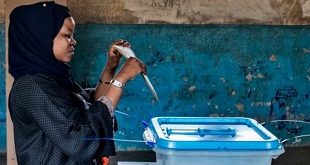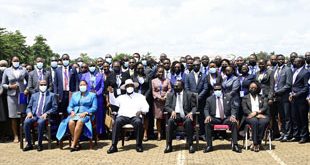
Kampala, Uganda | THE INDEPENDENT | Farmers in Lango sub-region have taken advantage of the early rains to plant crops.
Previously planting season would begin with first rain in late January and continues until October when the rain would reduce before ushering dry season.
But in the recent years, the rain pattern in Lango has shifted from January up to late March or mid-April, a change that has continued to affect many farmers’ planting.
As a result, many farmers are now dashing to make last season’s crops planting with the hope to benefit from the last rains expected to last until early December.
Some of the crops being planted include sunflower, soya beans, maize and beans.
Tony Okello, a resident of Bala trading centre in Kole district says he has so far planted some four acres of sunflower.
Okello notes that during last season he and other farmers got poor harvest due to inconsistent rain.
Tom Acuma, a resident of Aleka sub county in Oyam district is optimistic to get good yields.
Acuma says whereas many farmers have planted cash crops including soya beans on large acres of land, price fluctuation remains a problem.
David Ogwal, a resident of Ogur sub county says he has planted about five acres of soya bean in the last since he made poor harvest of the same crop during first rain.
Ogwal says once the rains continue in the current pattern then he will be able to grab bumper harvest of about 20 bags.
According to the 2019 seasonal rainfall outlook guides from the Uganda Meteorological Authority, Lira, Otuke, Dokolo, Apac, Kwania, Oyam, Kole are expected to experience above normal rainfall up to around late November and early December.
This has also been witnessed in some parts of Lango including Alebtong, Otuke where several Sub Counties have continued to experience floods as a result of above-normal rainfall.
Most roads, crops and houses are destroyed in the affected areas.
******
URN
 The Independent Uganda: You get the Truth we Pay the Price
The Independent Uganda: You get the Truth we Pay the Price


